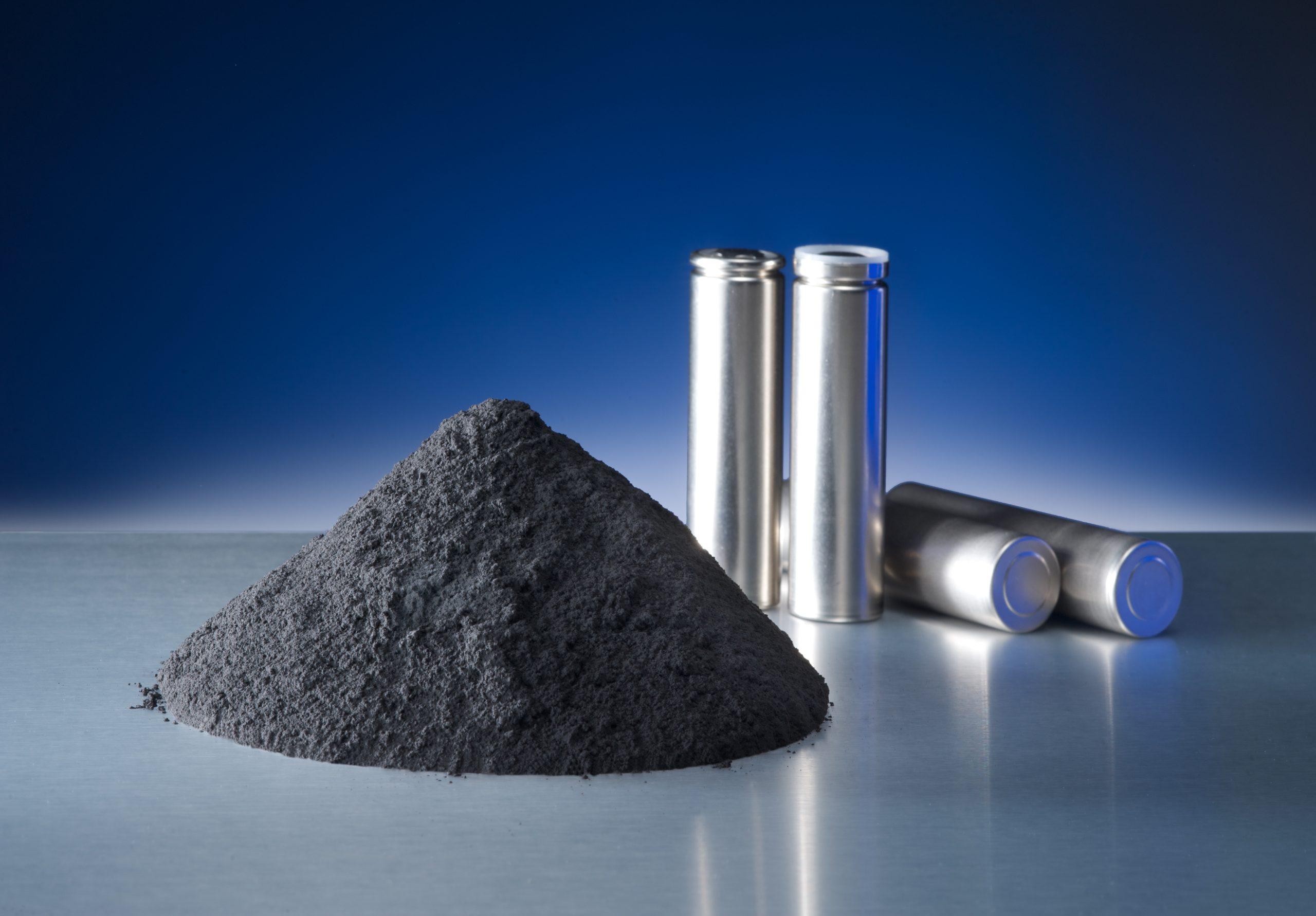Patrocinado
Silicon Anode Battery Market Threats Growing With Environmental And Competitive Technology Challenges

The silicon anode battery market is poised for significant growth, driven by increasing demand for high-capacity energy storage in electric vehicles (EVs), consumer electronics, and renewable energy systems. However, despite its promising outlook, the market faces several critical threats that could impede its expansion. These challenges include technological limitations, supply chain vulnerabilities, high production costs, environmental concerns, and strong competition from alternative technologies.
1. Technological Limitations in Silicon Anode Performance
One of the major threats facing the silicon anode battery market is the inherent instability of silicon during battery cycling. While silicon offers up to ten times the theoretical capacity of conventional graphite anodes, it suffers from significant volume expansion (up to 300%) during lithium-ion insertion and extraction. This expansion causes the anode to crack, lose contact with other battery components, and degrade quickly over time. Efforts to mitigate these effects—such as using silicon nanostructures or composites—have shown promise, but they often introduce new complexities and increase manufacturing costs.
2. High Production and Material Costs
Silicon anode batteries require advanced processing techniques and materials, which contribute to higher production costs. Nano-engineered silicon structures, binders, and specialized electrolytes significantly raise the cost compared to traditional graphite batteries. This cost factor can be a major deterrent for large-scale commercial adoption, especially in cost-sensitive markets like consumer electronics and low-margin EV models. Additionally, the need for specialized equipment and skilled labor creates barriers for new entrants, limiting competition and innovation.
3. Supply Chain Instability and Raw Material Challenges
Although silicon is one of the most abundant elements on Earth, the form and purity required for high-performance anodes is not readily available. The supply chain for high-purity silicon nanoparticles and other critical materials is relatively underdeveloped and regionally concentrated, posing risks of price volatility and geopolitical tension. Disruptions in transportation, trade restrictions, or geopolitical issues can impact the consistent supply of essential materials, affecting battery production and delivery timelines.
4. Environmental and Recycling Concerns
The silicon anode battery market also faces environmental scrutiny, particularly regarding the lifecycle impacts of production and disposal. The fabrication of silicon nanoparticles involves energy-intensive processes and the use of potentially hazardous chemicals. Additionally, silicon’s degradation during cycling creates issues for battery recyclability and second-life applications. Without standardized and scalable recycling infrastructure, widespread adoption of silicon anode batteries could contribute to growing environmental and e-waste problems, potentially inviting regulatory backlash.
5. Competition from Alternative Battery Technologies
While silicon anodes represent a significant upgrade over graphite, competing technologies such as solid-state batteries, lithium-sulfur batteries, and sodium-ion batteries are also advancing rapidly. Solid-state batteries, in particular, offer better safety profiles, higher energy densities, and reduced flammability. As major manufacturers invest heavily in these alternatives, the silicon anode segment may face stagnation if it cannot overcome its key limitations and match the pace of innovation. Furthermore, traditional graphite batteries are continually being improved with new additives and designs, further narrowing the performance gap.
6. Market Entry Barriers and Intellectual Property Disputes
Startups and smaller players face significant challenges in entering the silicon anode battery market due to patent landscapes dominated by large corporations and research institutions. Intellectual property (IP) conflicts and licensing issues can delay product development and restrict innovation. Legal battles or IP disputes could hamper collaboration and technology transfer, especially in regions without strong regulatory frameworks or enforcement mechanisms.
7. Uncertain Market Adoption and Customer Trust
The transition to silicon anode technology requires widespread changes in battery design and manufacturing infrastructure, which may cause hesitation among OEMs and battery producers. Additionally, end users—particularly in the EV market—demand high reliability and longevity. If early deployments of silicon anode batteries fail to meet expectations in real-world applications, it could damage customer trust and slow adoption. Market hesitation, especially in high-stakes sectors like automotive or aerospace, could create a significant threat to commercial scaling.
Conclusion
Despite the potential advantages of silicon anode batteries, including higher energy density and better performance, the market faces a host of threats that could undermine its progress. From technical hurdles to environmental concerns and strong competitive pressures, these challenges demand strategic solutions, collaborative innovation, and supportive regulatory frameworks. Only by addressing these threats comprehensively can the silicon anode battery market reach its full commercial and technological potential.
Categorias
Leia mais
Neolife is a well-established company in medical and wellness industry, renowned for its comprehensive selection of vitamins and supplements. Founded in 1958, Neolife features a long history of promoting healthy living through its science-based, high-quality products. Their mission is to help make the world a healthier and happier place, a vision that's evident in its commitment to providing...

Traveling during your student years is not just about leisure; it’s about learning, experiencing, and growing. While dreams of exploring new countries are thrilling, budget is often the biggest roadblock. That’s where student discounts on flights come in as lifesavers. In today’s guide, let’s explore how you can take advantage of one such offer—the Emirates...



